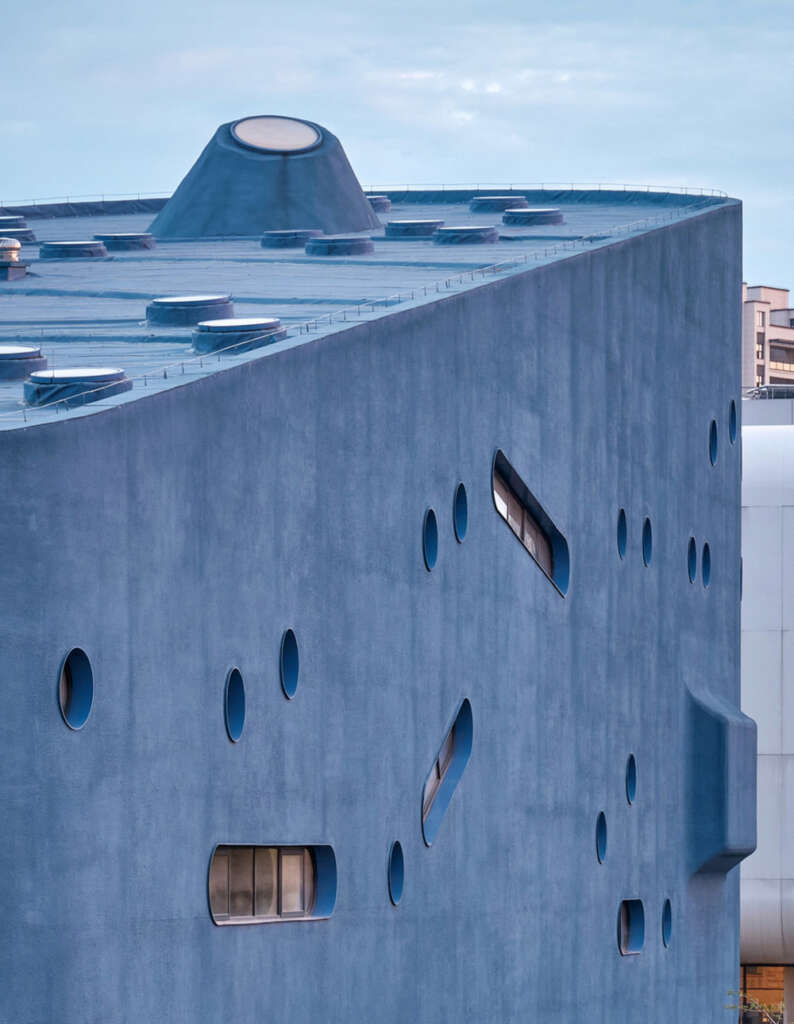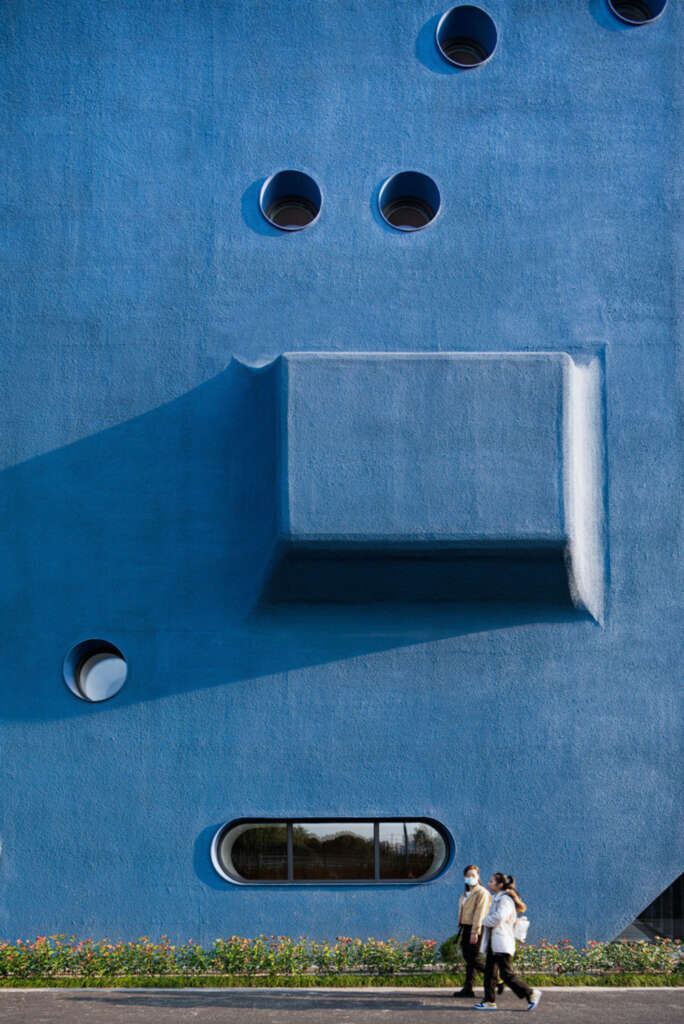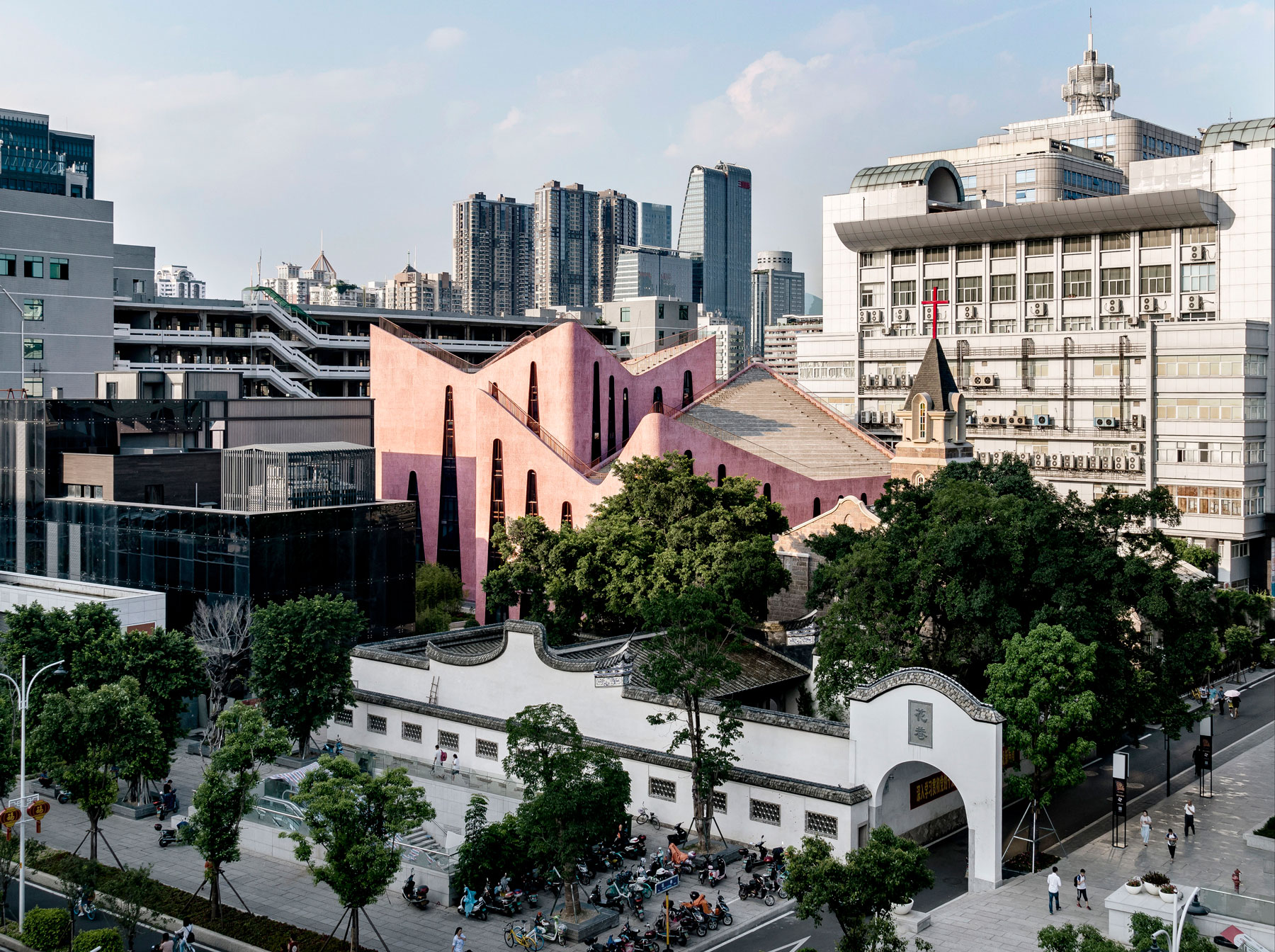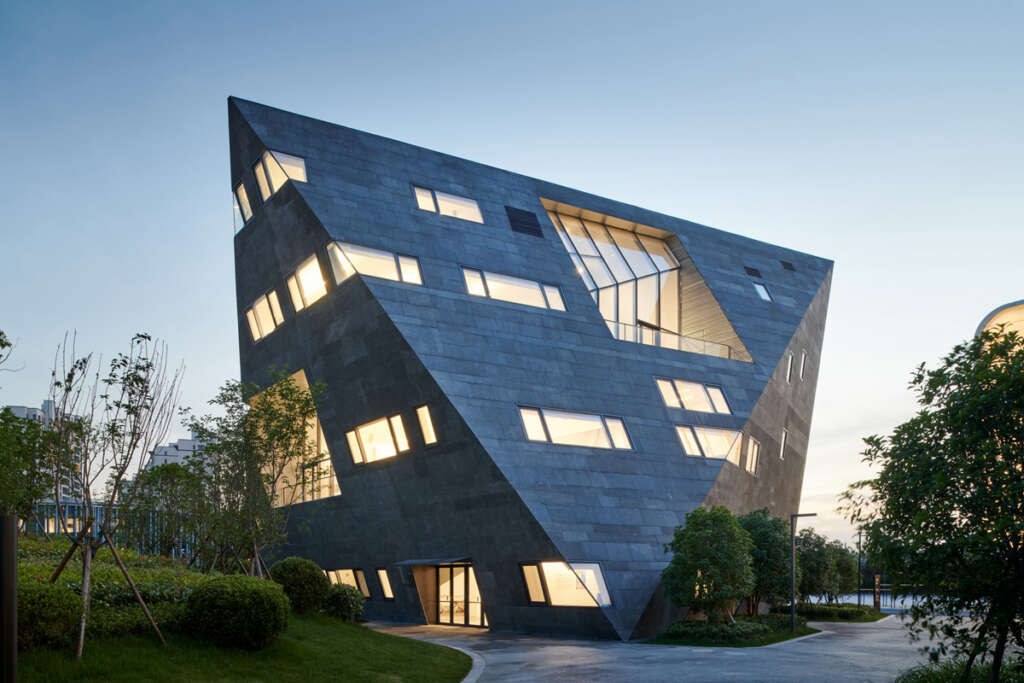
School as a Village
Architect: OPEN Architecture
Location: Shanghai, China
Type: Educational, Campus
Year: 2020
Photographs: WU Qingshan, Jonathan Leijonhufvud, CHEN Hao
New school campus in Shanghai features an organic constellation of 13 unique buildings, redefining what modern educational institutions should look like.
The following description is courtesy of the architects. When OPEN was given brief of a new school for 2000 students aged from 3 to 15, the immediate reaction was how to avoid the dreariness of kids spending fifteen years fixed in one place.
Inspired by the African proverb “it takes a village to raise a child”, the architects decided to break away from the prevailing model of school as megastructure. Instead, the original program was deconstructed and regrouped into many smaller and distinctive buildings, together with the landscape in between, they form a diverse and vibrant village like educational campus.
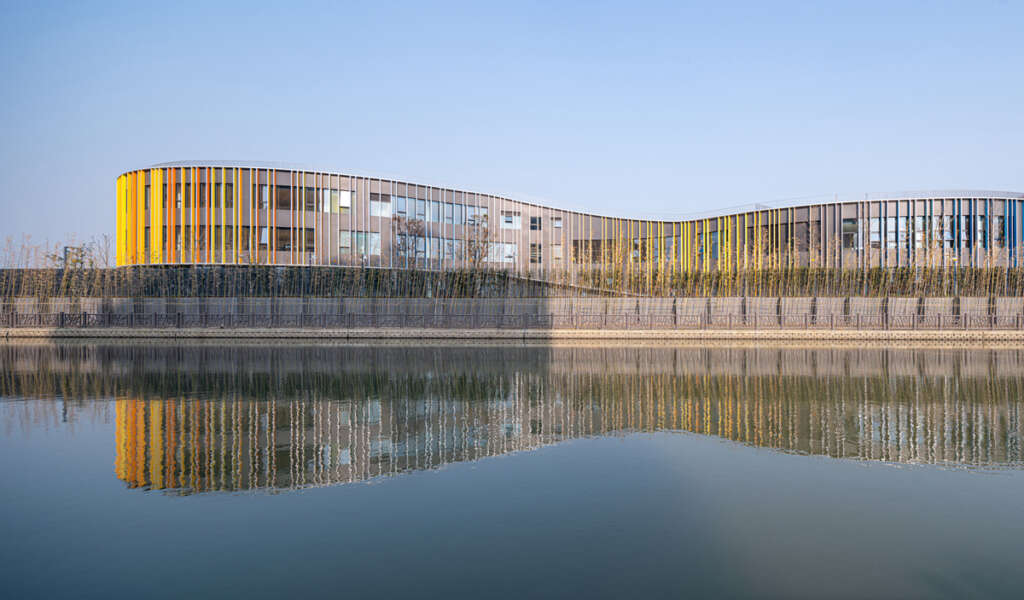
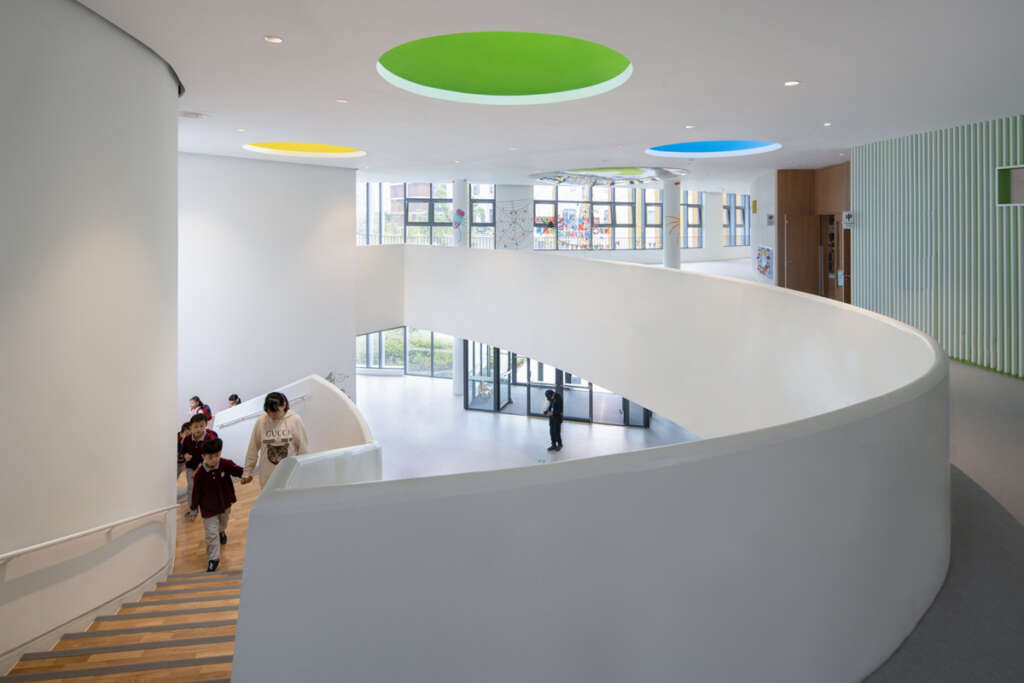
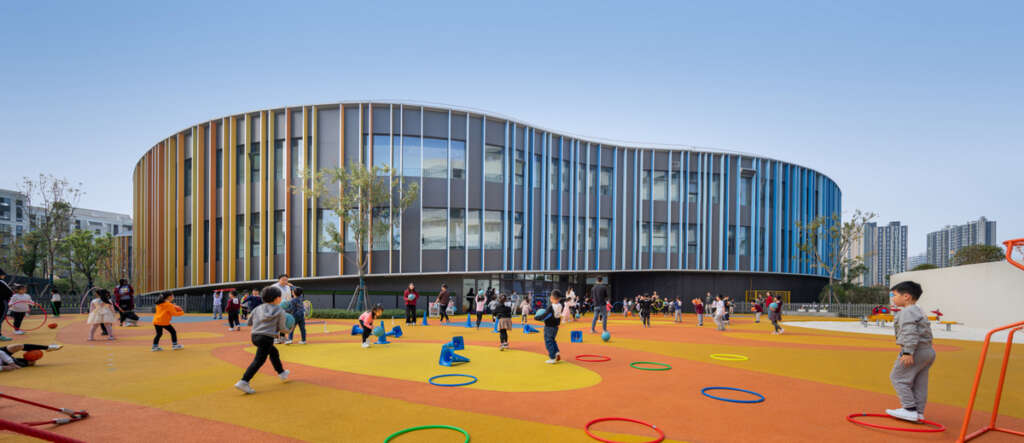
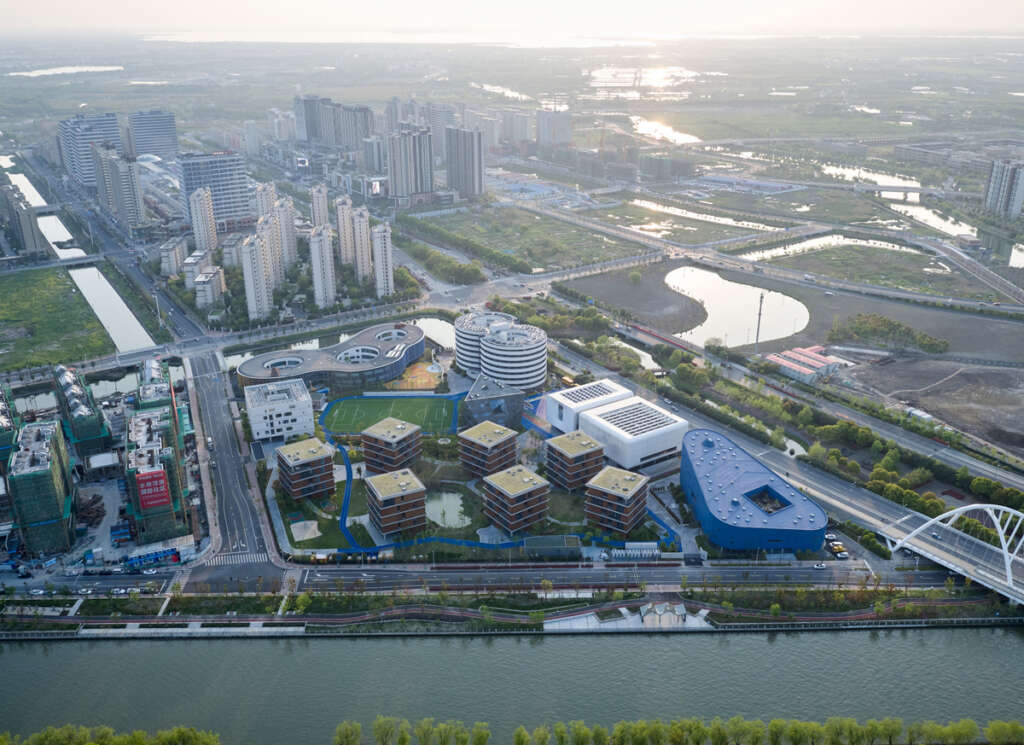
The design of the Qingpu Pinghe International School campus, an organic constellation of unique smaller buildings linked by thoughtfully designed landscape elements, is a direct response to the widespread prevalence of over scaled, generic school complexes in China.
Among the school’s diverse building types including learning cubes, an administration and laboratory building, a helical student dormitory, and a freeform kindergarten, are 3 core elements that respectively represent reading, sports and art, the essential components of contemporary education: Bibliotheater, Gym Canteen, and the Arts Center.
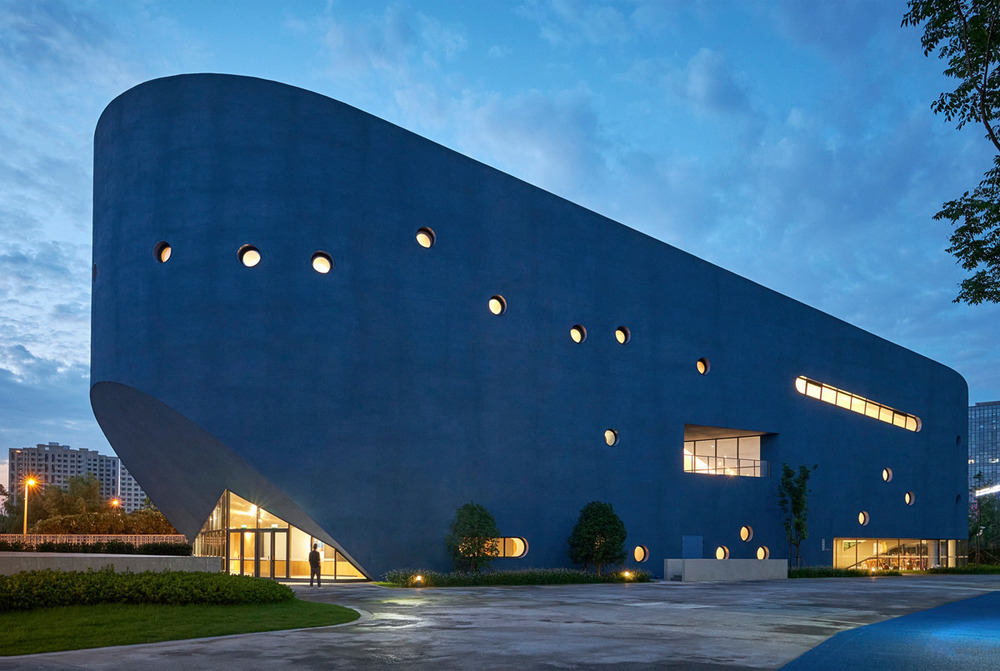

Jonathan Leijonhufvud 
WU Qingshan
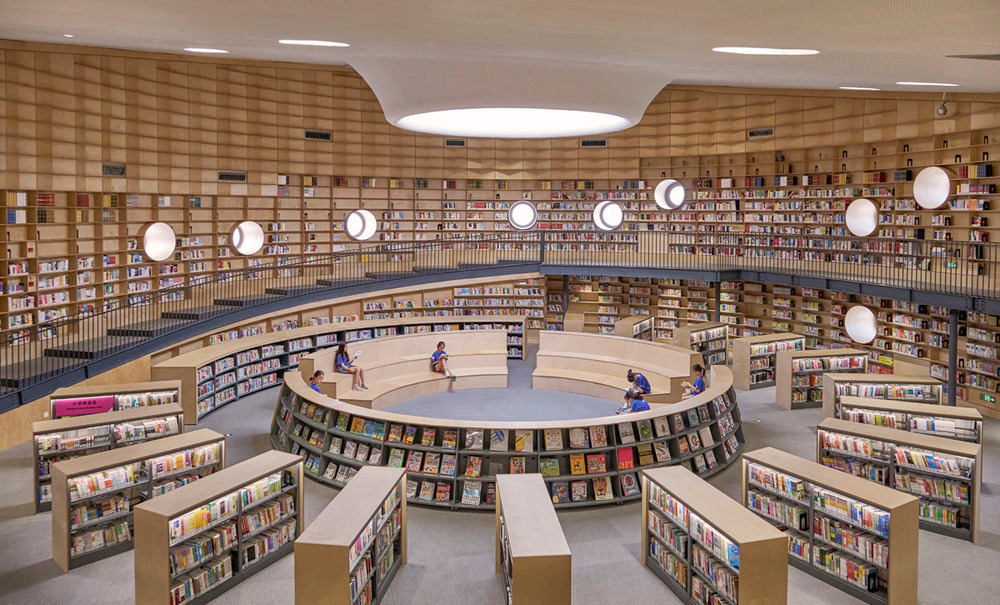
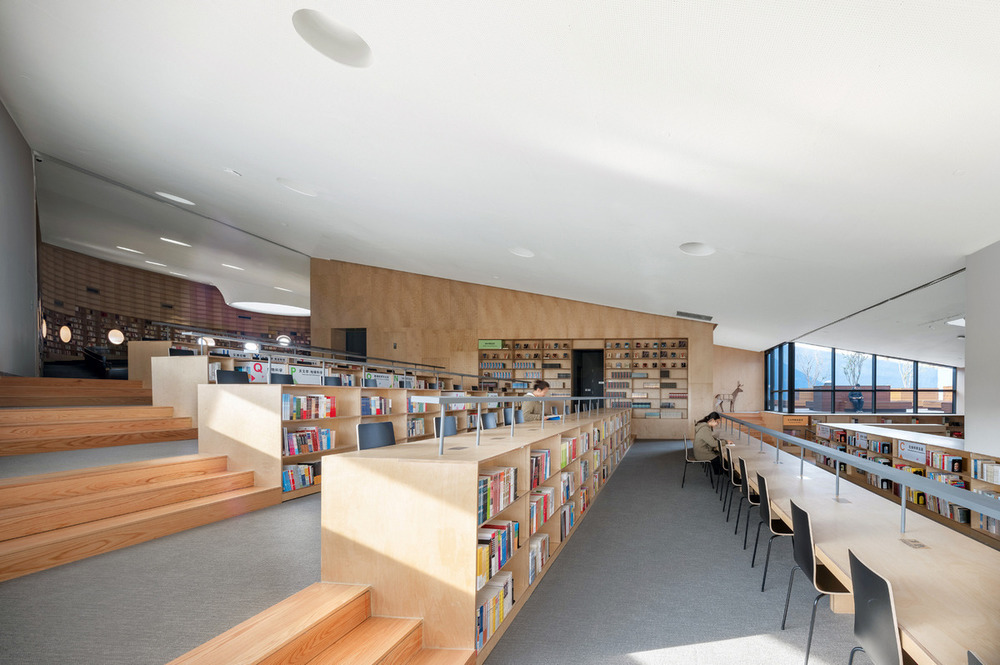
The “Bibliotheater”
The “Bibliotheater” is strategically located to serve both the school and the community. A library, a theater, and a black box interlock together like a Chinese puzzle to form this characteristic building that some call ‘the blue whale’ while others see it an ocean liner. The juxtaposition of library and theater came from our belief that reading and performing are two critically important components of early education.
Read more about the Bibliotheater here.
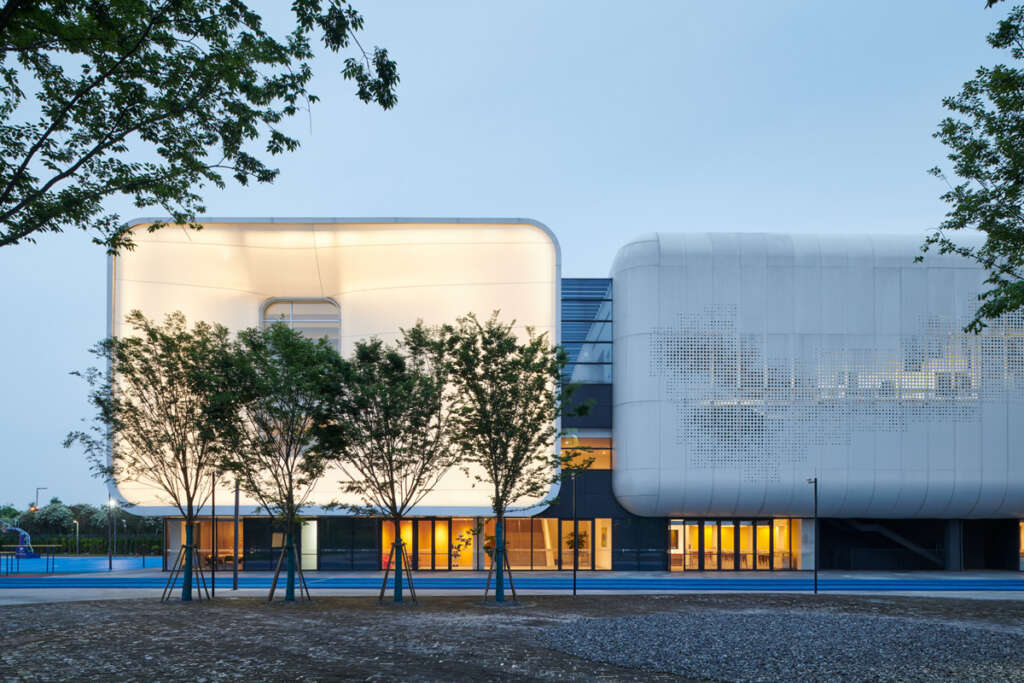

Jonathan Leijonhufvud 
Jonathan Leijonhufvud
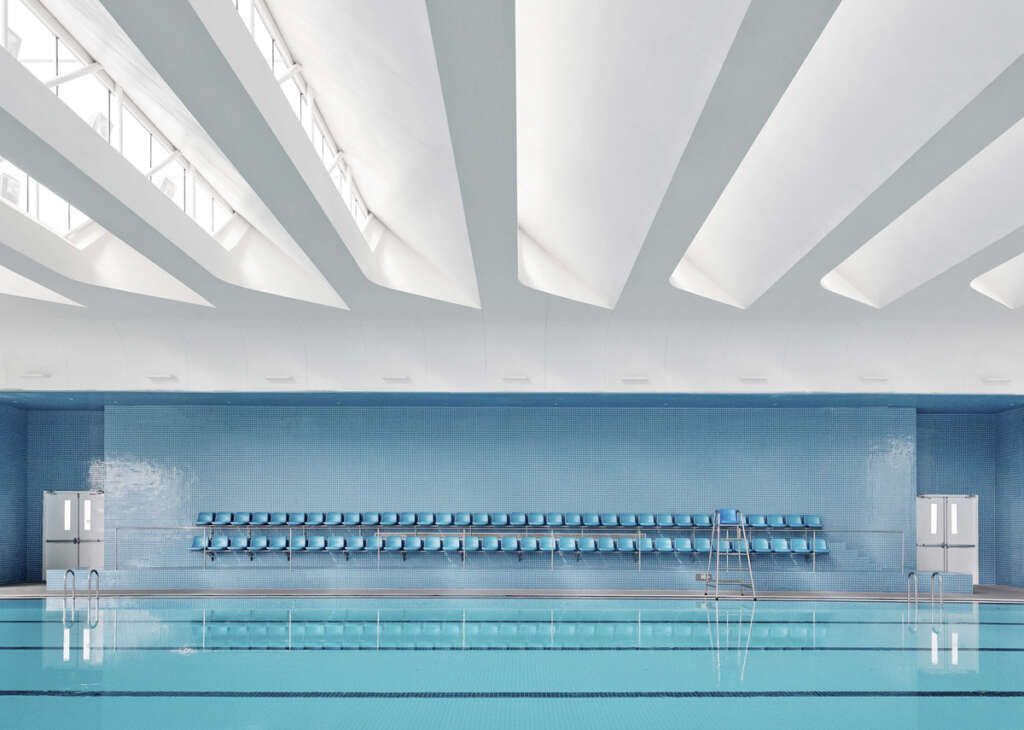
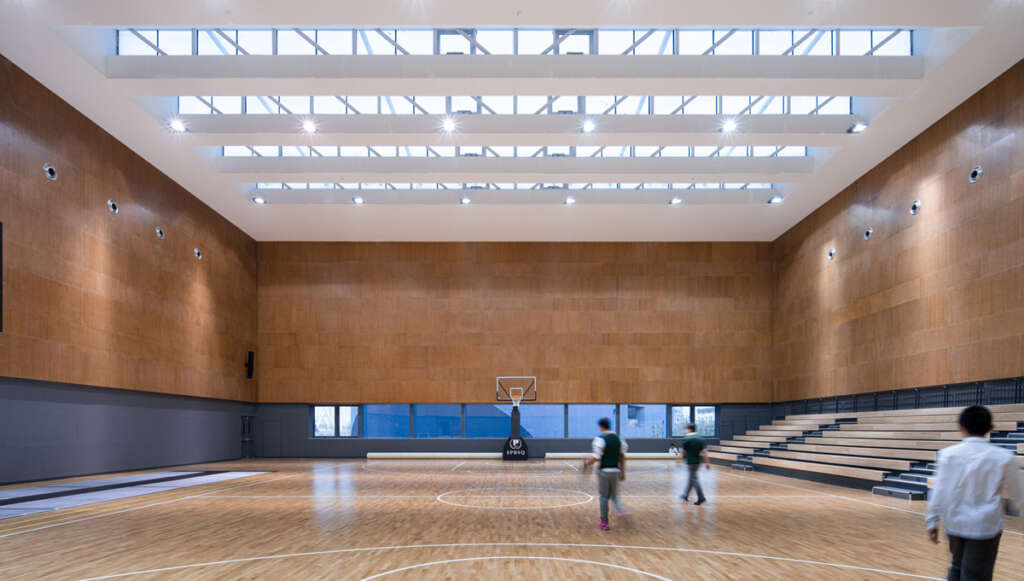
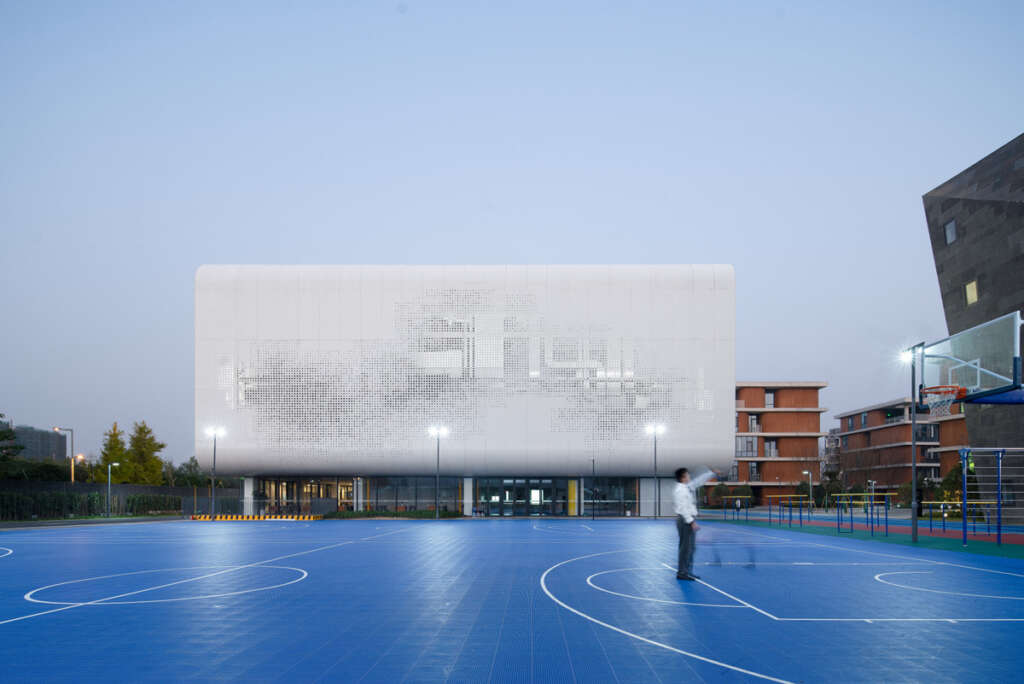
The Gym Canteen
Gym Canteen is made up of two round cornered white boxes gym and swimming pool, floating above the ground floor’s transparent glass box canteen. A vertical glass atrium displays the active movements in the building.
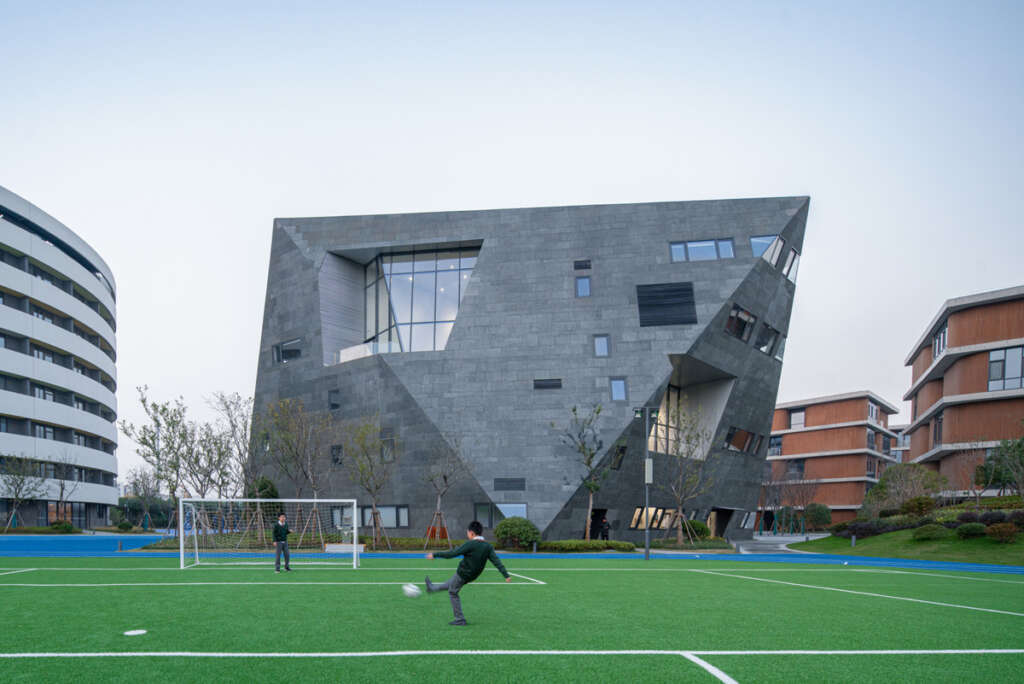

WU Qingshan 
WU Qingshan
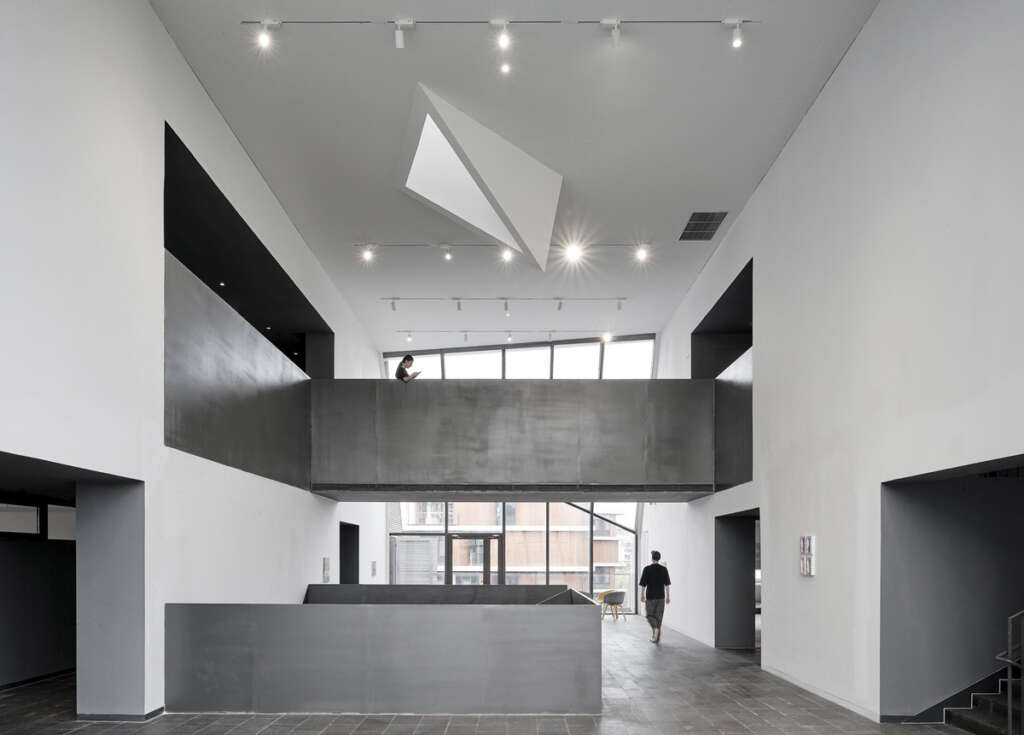
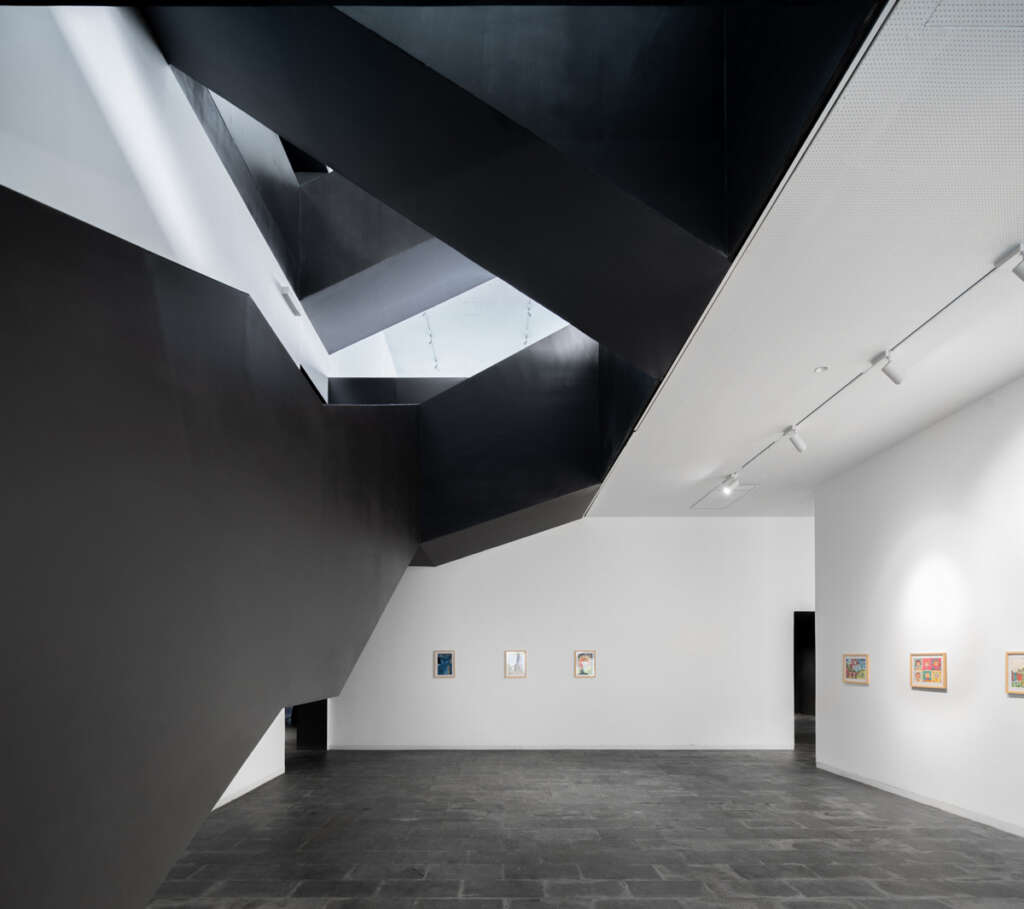
The Arts Center
Centrally located on the campus, Arts Center resembles a precise cut black diamond, appearing different from varying angles. Visual arts are stacked on top of performing arts programs, each has a double height atrium that penetrates through the building volume and brings in abundant lights. The two atriums crisscross and interconnect to form the central public area which double functions as exhibition galleries.
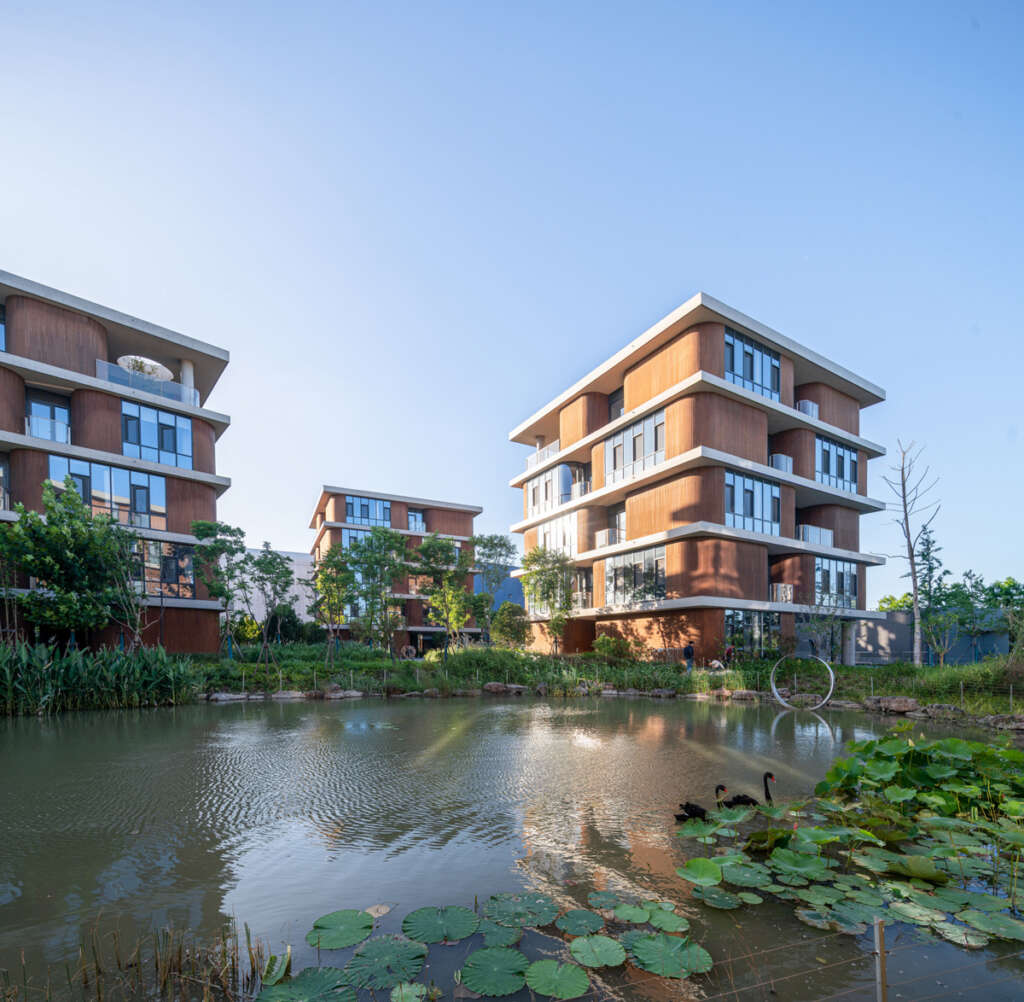

WU Qingshan 
Jonathan Leijonhufvud
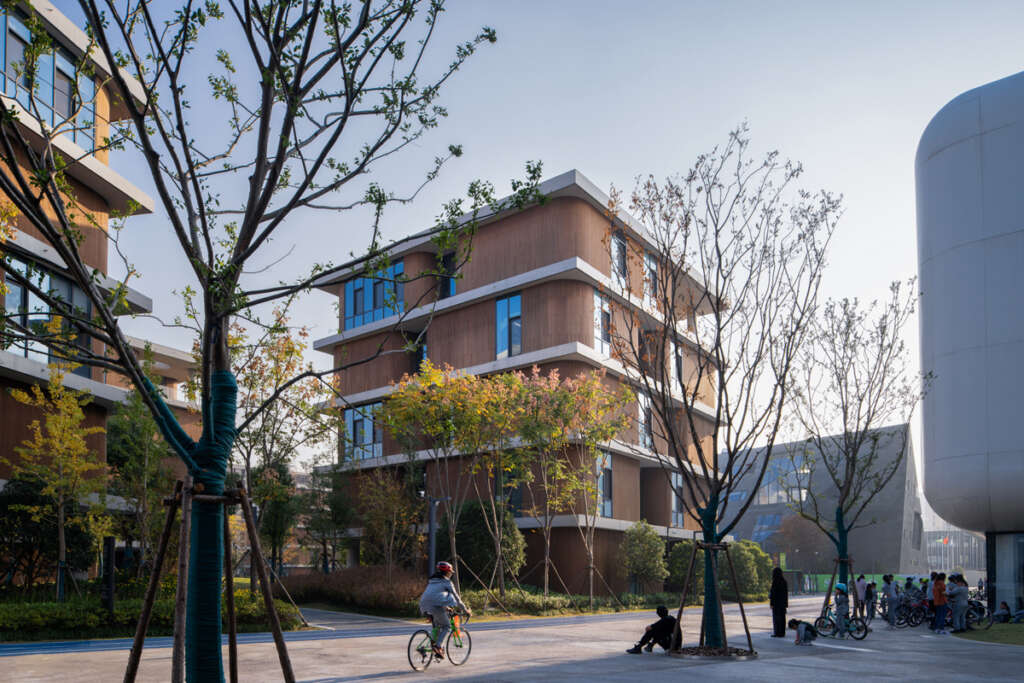
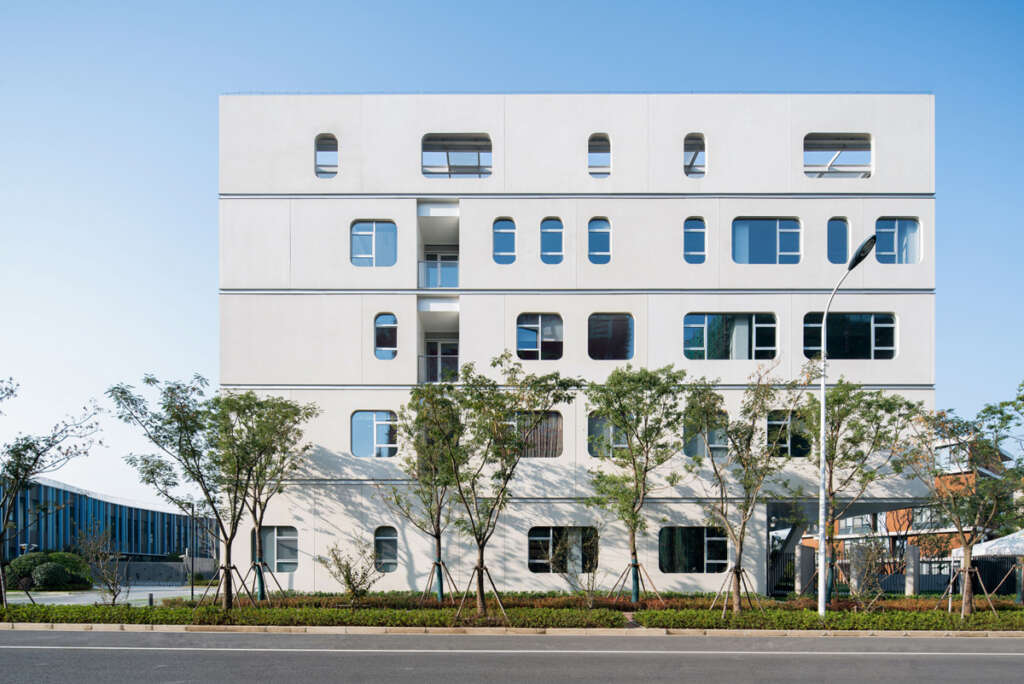
Learnings Cubes and Admin Lab Building
Teaching classrooms are accommodated in clusters of cubical buildings cladded with bamboo boards. The primary school cubes have curved perimeter walls, while the middle school cubes have folded ones. The white prefab-concrete building with capsule-shaped openings at the main entry is the Admin-Lab building.
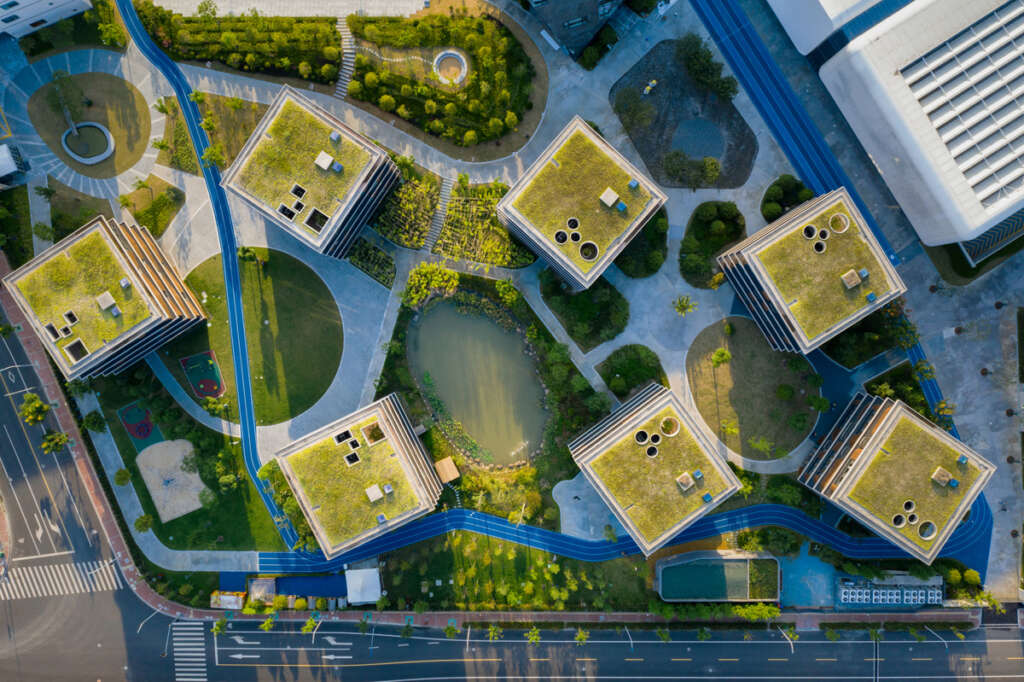
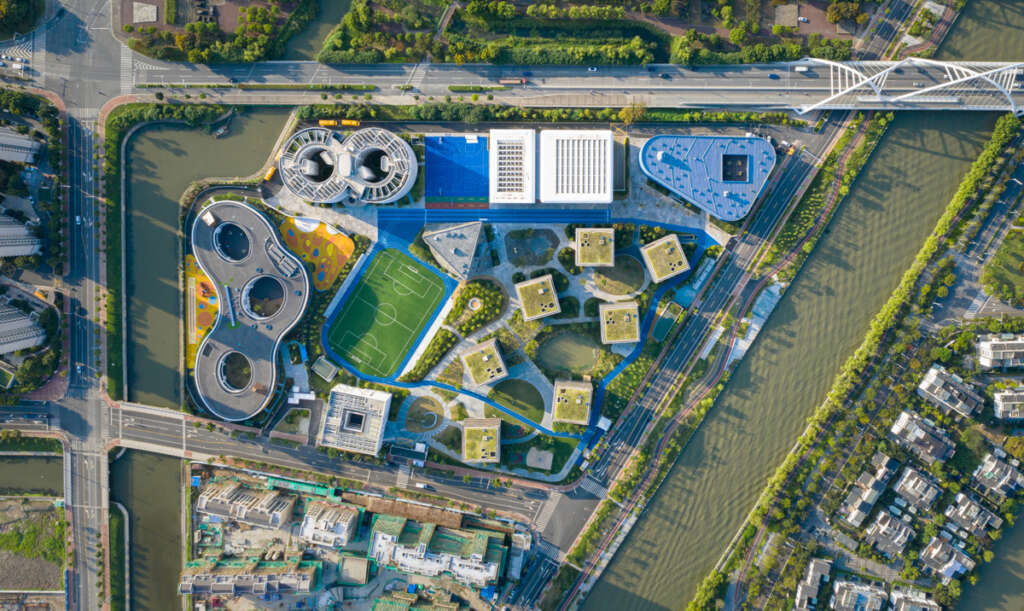
The Landscape
We regard nature as an integral and inseparable part of education. Thus, the design of the campus addresses the exterior open spaces with equal importance as the buildings. Gardens, wetland, forest, hills, running trail, and playgrounds thread together the campus into an organic system with healthy metabolism. Together, the buildings and the landscape in between create a rich and dynamic physical environment that facilitates children’s growth.
A running trail meanders through the “school village” and its landscape, turning the standard and dreadful 400-meter running track into pleasant journeys in nature.

Living Organism
The school is no longer a simple campus, but rather a living organism that sustains the growth of life much like what nature does. The organic distribution of teaching facilities makes it possible that learning can happen anywhere on the campus. The buildings with intimate scale and distinctive characters are easy for children to connect with. With facilities for the school’s kindergarten, primary school, and junior high school organized in relatively independent clusters, each adapted to students’ respective ages, children can feel their physical environment “mature” alongside themas they progress through the different stages of their education.
The additional benefit of small-scale buildings is that they are faster to construct, thus coping well with the super-fast-track schedule. They are also more flexible for future upgrades.
On the urban scale, the architect and the client share the view that future schools should be places for social interactions. In this school the large public programs such as the library, the theater, the pool and the gym are designed to be accessible to the public when the school is not in session, in the effort of making more efficient use of public resources and contributing to the community at large.

